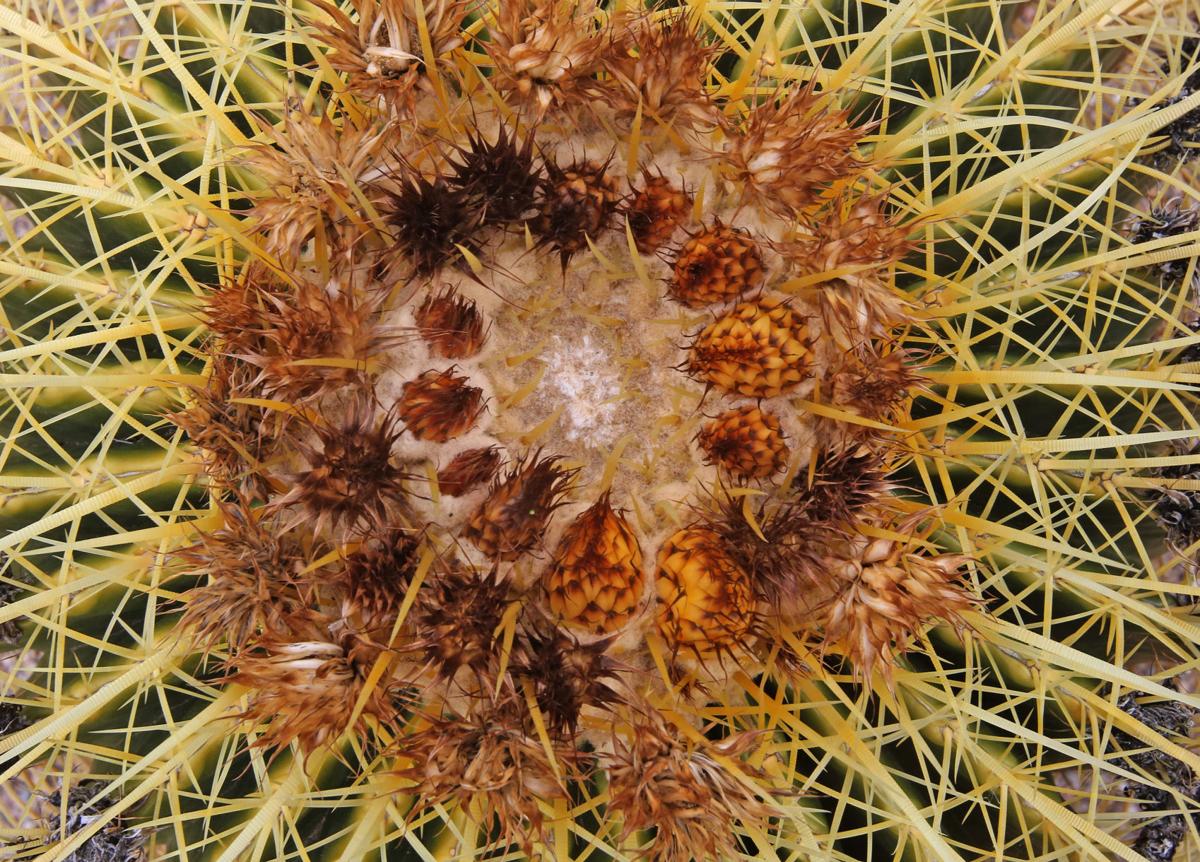It's cacti harvesting time in Tucson and even though you may think you need to wrap yourself in a suit of armor, which could be handy against any snakes you may encounter, you can probably get by with tongs and a good pair of gloves.
Jill Lorenzini, with Desert Harvesters, a local non-profit that promotes harvesting and planting of native foods, recently taught a class at Food Conspiracy Co-op and has recommendations for people interested in being a little more adventurous.
Why harvest cactus at all?
Cacti are rich in protein, fiber, calcium, vitamins, minerals and they taste good.
How can I harvest legally?
Many of our native plants, such as the saguaro, are protected by law. If you hope to harvest on private property, get permission from the landowner. If you are on public land, whether is it city, county, state or federal, it becomes complicated. There may be some provisions for personal use, but to be safe, go to each government entity involved to verify if it is legal, she said.
OK, fine, when can I harvest them and what time of year?
- Cholla Buds: March through May and perhaps after summer rains in August and September.
- Prickly Pear pads, a.k.a. nopales: March through May and again maybe after summer rains or if they are irrigated.
- Saguaro fruit: Mid-June through July.
- Prickly Pear fruit: August through September and maybe October.
- Pincushion fruit: October through December
- Barrel Cactus fruit: November through March
Are there easy ways to prepare them?
- Once the needles are removed, cholla buds and prickly pear pads can be blanched then eaten. You can also freeze them.
- Saguaro fruit can be harvested fresh then eaten or harvested dry, eaten or stored or frozen.
- Prickly pear fruit can be processed then eaten, frozen or made into juice.
- Pincushion fruit can be harvested then eaten.
- Barrel cactus fruit can be dried, ground, cooked and stored.
Are there cookbooks to give people options on how to prepare them?
Barbara Rose, the owner of Bean Tree Farm and who is a member of Desert Harvesters, recommends From I'itoi's Garden, Tohono O'odham Food Traditions. It is by Tohono O'odham Action with Mary Paganelli Votto and Frances Manuel.
Rose also recommends author Carolyn Niethammer. She wrote The Prickly Pear Cookbook as well as other cookbooks on native plants from the Southwest.
If you are not in a hurry, recipes can be found in the upcoming book from Desert Harvesters, "Eat Mesquite and More: A Cookbook for Sonoran Desert Foods and Living." Go to desertharvesters.org to find out about the book make a preorder deposit.
What are alternatives if I don’t like snakes or don't feel the need to venture forth in pincushion land?
Kelly Watters with Food Conspiracy Co-op, 412 N. Fourth Ave., says the natural food store sells ciolim, dried cholla buds from the San Xavier Co-op Farm. In addition, the store sells prickly pear concentrate from Desert Botanical Gardens and Arizona Cactus Ranch. Food City stores also have prickly pear pads or nopales.





